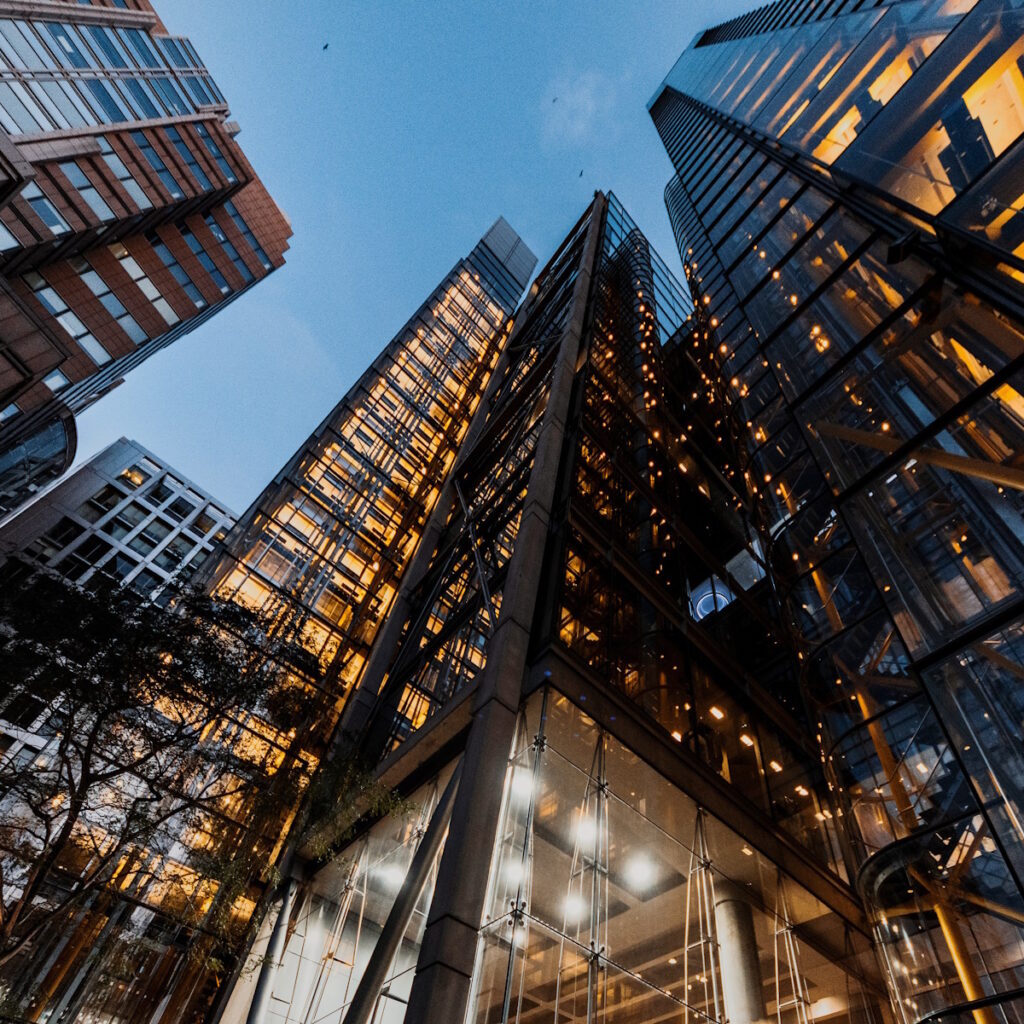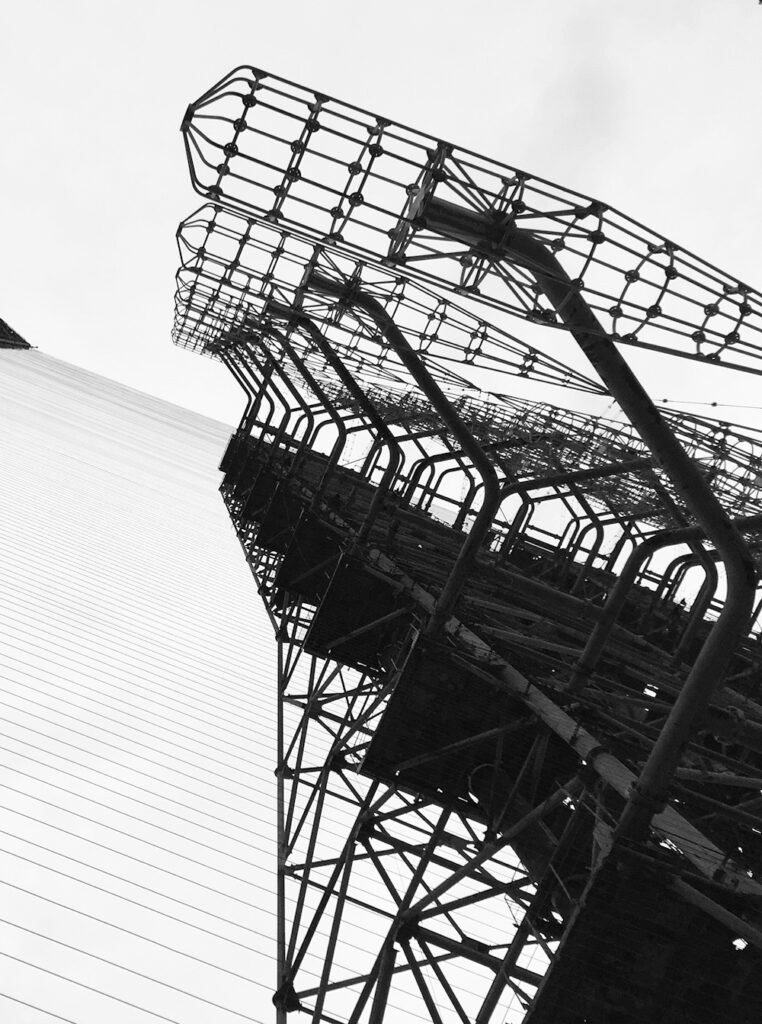
Have you thought about using composites?
Fibre-reinforced polymer (FRP) is an eco-friendly material with low-carbon foot- print. FRP composites in civil engineering are mainly used in three applications: (1) FRP profiles in new-build; (2) FRP-reinforcing bar in concrete members and (3) FRP in repair and rehabilitation of existing structures.
FRP composites are suitable in structural applications where challenging environmental conditions exist and fast installation is needed. Due to their chemical, corrosion and environmental resistances, FRPs perform better in harsh environments compared with the traditional materials.
All-FRP new-build structures mainly use pultruded fibre reinforced shapes. Pultrusion is an automatic process for producing constant section profiles on a mass scale. The FRP shapes look like structural steel sections but behave similarly to wood. The standard profiles are produced as I, H, C, leg-angle and tubular sections. FRP elements have been used in building systems, bridges, cooling towers, chemical and food processing plants, railway platforms and marine structures.
FRPs are also used in cooling tower industry. Cooling towers are used for heating, cooling, ventilation and industrial purposes. GFRP profiles can resist corrosion and exposure to water often encountered in cooling towers. GFRP railway platforms are also becoming popular due to speed of construction and ease of assembly. FRP composites are also used in secondary structures; these include insulated ladders, floor gratings, stairways with handrails, working platforms and walkways and building facade panels.
Corrosion and fatigue resistance, high strength-to-weight ratio and formability are some of the desirable properties of FRP for bridges. FRPs have been used to repair, replace, or retrofit existing steel or concrete bridges. FRP is used in new footbridge and highway bridges. Critical elements in bridges are generally hybrids-FRP and traditional materials. FRP bridges are fabricated using standard or bespoke FRP elements.
FRP reinforcements have been used in structural engineering since 1950s. Today, FRP rebars, grids, fabrics, strips, prestressing tendons, and formwork are commercially available. FRP reinforcements are suitable in aggressive conditions, such as alkaline, corrosive and chemical environments. Lightweight and electromagnetic neutrality are other benefits of FRP rebars, especially glass FRPs. Carbon, glass and aramid fibre reinforced polymer bars are commonly used.



